
- Applications
-
Products
-
Liquid Handling
- firefly Accelerate genomic research with innovative all-in-one, compact liquid handling
- mosquito Nanolitre liquid handling technology performs ‘traditional’ tasks at a fraction of the volume, and higher speeds
- dragonfly Delivers accurate and repeatable nanolitre to milliliter dispensing
- apricot Automated liquid handling instrumentation for convenient general use across your entire team
- Sample Preparation
-
Sample Management
- comPOUND A scalable, reliable, and secure compound management solution
- BioMicroLab Easy-to-use sample management automation instruments
- arktic Robust biospecimen storage and management down to -80°C
- lab2lab Novel sample and data transfer network system
- comPACT Reliable and efficient -20°C storage and retrieval has never been more accessible
-
Liquid Handling
-
About
- Company With a focus on liquid handling, sample preparation and sample management, our expert teams create state-of-the-art solutions that scientists and researchers can trust Culture We have one overarching mission: to work together to accelerate life science research. Through our innovative solutions and state-of-the-art tools, we believe we can make a real difference to human health Partners Collaboration is key in our mission to make a real difference to human health. Partnering with application leaders globally, we co-create to solve new challenges across the life sciences. Innovation From the initial prototype through to manufacturing, installation and beyond, we bring a problem-solving mindset and technical expertise to drive innovation
-
Executive Leadership
 Through strategic guidance, visionary thinking, and a relentless pursuit of excellence, our senior executives steer SPT Labtech towards achieving its mission of making a real difference to human health through solving advanced laboratory challenges.
Learn more
Through strategic guidance, visionary thinking, and a relentless pursuit of excellence, our senior executives steer SPT Labtech towards achieving its mission of making a real difference to human health through solving advanced laboratory challenges.
Learn more 
-
View all
 Board of Directors
Board of Directors
 Our Board of Directors are committed to driving the long-term success and sustainability of SPT Labtech, providing expert guidance and oversight to execute the company’s ambitious commercial strategy.
Learn more
Our Board of Directors are committed to driving the long-term success and sustainability of SPT Labtech, providing expert guidance and oversight to execute the company’s ambitious commercial strategy.
Learn more 
-
Knowledge Base
- Resources Our wide range of insightful resources include videos, whitepapers, eBooks, application notes and more Events & Webinars Meet the SPT team at events all over the globe and virtually via our webinars Podcast We chat with innovators and leaders from across the community to gain their unique insights. News Latest news from SPT Labtech globally Blog Our latest blog posts feature trends in research, innovative techniques and new technology
-
26 March, 2025
 SPT Labtech and Biortus Launch Joint Laboratory of Structural Biology in China
Continue reading
SPT Labtech and Biortus Launch Joint Laboratory of Structural Biology in China
Continue reading 
-
17 December, 2024
 Connect with SPT Labtech at SLAS 2025
Continue reading
Connect with SPT Labtech at SLAS 2025
Continue reading 
-
16 December, 2024
 SPT Labtech 2024 Year in Review
Continue reading
SPT Labtech 2024 Year in Review
Continue reading 
10
- Careers
- Home
- Application
- Proteomics
Proteomics
The analysis of all proteins produced by an organism allows researchers to study their role on a functional level. This can be done for various reasons, such as screening for markers of disease, examining the role of post-translational modifications, investigating protein-protein interactions, and monitoring dynamic changes in protein expression over time
Proteomics plays a vital role in understanding disease mechanisms and advancing drug discovery by providing detailed insights into protein function, post-translational modifications and protein-protein interactions. Its ability to identify disease biomarkers, elucidate pathogenic processes, validate drug targets and personalize treatment regimens makes it an indispensable tool in the quest for more effective and safer therapies.
Proteins are the primary targets for the majority of drugs, however, comprehensive, system-wide approaches to monitor protein activity and function are still not fully leveraged in drug discovery and clinical research.
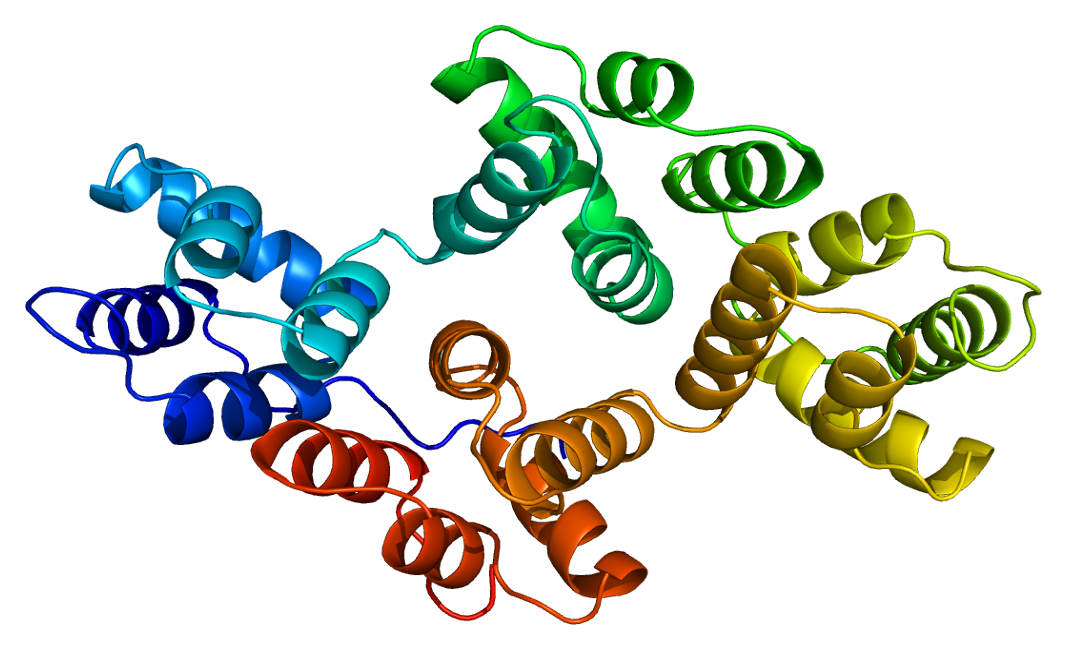
Proteomics: Revolutionizing Drug Discovery and Protein Research
The analysis of all proteins produced by an organism allows researchers to study their role on a functional level. This can be done for various reasons, such as screening for markers of disease, examining the role of post-translational modifications, investigating protein-protein interactions, and monitoring dynamic changes in protein expression over time. Often used in conjunction with other functional genomics approaches, proteomics plays a crucial role in understanding disease mechanisms and the validation of targets. Our proven miniaturization technology bolsters high-throughput protein biomarker discovery with the Olink Explore platform.
Recent Innovations in Proteomics
Recent innovations in biochemical methodologies and advancements in instrumentation have significantly advanced proteomics, moving beyond traditional techniques like immunohistochemistry (IHC) staining, western blotting, and enzyme-linked immunosorbent assay (ELISA). Modern approaches now include:
- mass spectrometry (MS)-based methods, in which the proteomic content of the cell is digested and analyzed,
- antibody- and aptamer-based methods that target predefined proteins,
- imaging-based methods capable of detecting and providing the spatial context of proteins,
- single-molecule sequencing methods, which offer unprecedented detail at the individual protein level.
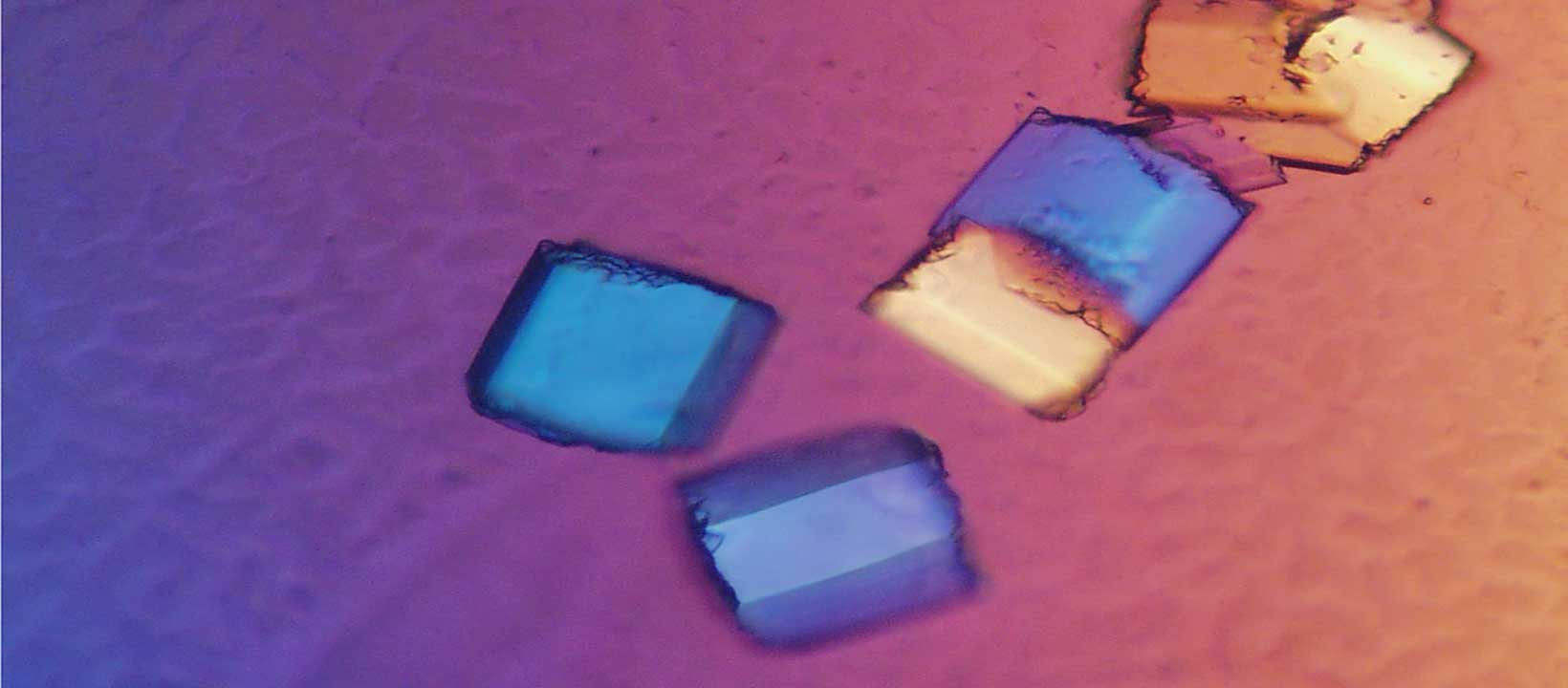
Challenges in Protein Sample Preparation and Analysis
While proteomics brings us closer to understanding the phenotype than genomics or transcriptomics alone, it has yet to achieve the same level of throughput as RNA and DNA sequencing. It is largely due to intrinsic challenges in protein sample preparation and analysis. The human proteome, estimated to consist of around 20,000 to 25,000 protein-coding genes, is further diversified by alternative splicing and post-translational modifications, resulting in hundreds of thousands of protein variants.
Unlike nucleic acids, proteins cannot be amplified through techniques like PCR, so proteomic analyses must work directly with the native content, encompassing both low- and high-abundance proteins, which limits method sensitivity.
Manual handling in protein sample preparation is a complex and labor-intensive process that demands precision, skill, and careful attention to detail. From extraction and quantification to fractionation and quality control, each step must be performed meticulously to ensure that the obtained results are reproducible and accurately reflect the protein content of the sample.
Finally, proteomics typically incurs higher costs per sample compared to the more standardized and scalable processes in genomics, limiting its adoption.
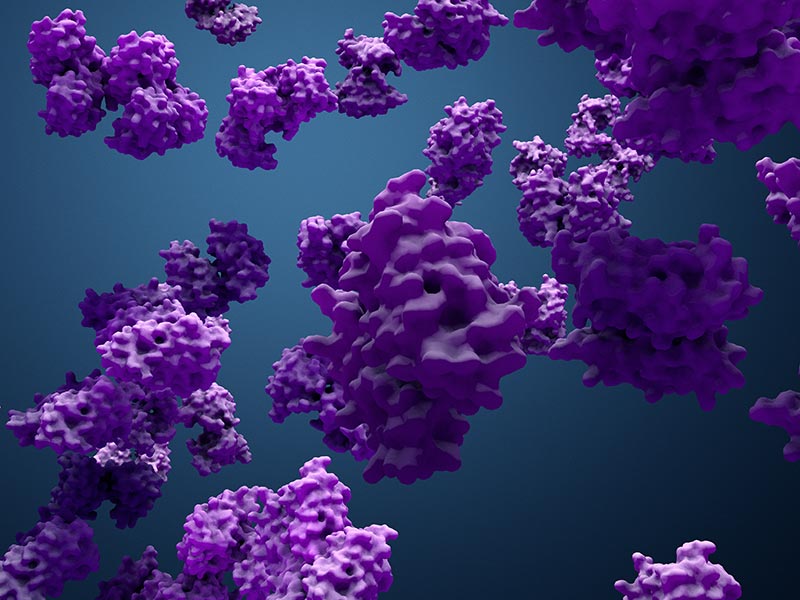
Driving the Proteomics Field Forward
Despite these hurdles, ongoing innovations are driving the field forward. Advances in liquid handling automation, analytical instrumentation and the development of sophisticated chemistries are progressively enhancing the throughput, sensitivity, and reliability of proteomics studies.
Affinity-based proteomic technologies are receiving increasing attention, particularly in plasma proteomics. The proximity extension assay (PEA) developed by Olink Proteomics is prime examples, using pairs of oligonucleotide-labeled antibodies that bind to adjacent epitopes on target proteins. The proximity of these labels allows for DNA amplification, which is then quantified to determine protein levels. PEA’s remarkable sensitivity enables the detection of low-abundance proteins that might be missed by other techniques. This enables the simultaneous analysis of thousands of proteins from a minute amount of sample, making large-scale studies more feasible. Our proven miniaturization technology bolsters high-throughput protein biomarker discovery and population-scale proteogenomics with the Olink Explore platform (ref 1-2).
Over the past decade, Matrix-Assisted Laser Desorption/Ionization Time-of-Flight (MALDI-TOF) MS has achieved laser scanning speeds of under one second per sample, dramatically reducing acquisition times. MALDI-TOF MS requires very small sample volumes, facilitating assay miniaturization and cost reduction. When combined with automated low-volume liquid handling systems, such as mosquito LV, these features make MALDI-TOF MS assays particularly well-suited for robust high-throughput screening (HTS) (ref 3-4).
Cryo-electron microscopy (cryo-EM) has also ushered in a new era of scientific discovery, offering increasingly higher-resolution structural information. Advances in both hardware and software for both sample preparation and analysis have now opened up the technique to more widespread adoption in basic research and drug discovery (ref 5-6).
Related products
Our suite of automated liquid handling solutions, mosquito, firefly, dragonfly and chameleon, enhances the reliability and efficiency of proteomics research:
firefly®
Innovative all-in-one liquid handling brings together multiple technologies within a single compact design for more efficient library and sample preparation. Underpinned by powerful, intuitive software, firefly unlocks the potential of automation for all to accelerate single-cell research.
Explore firefly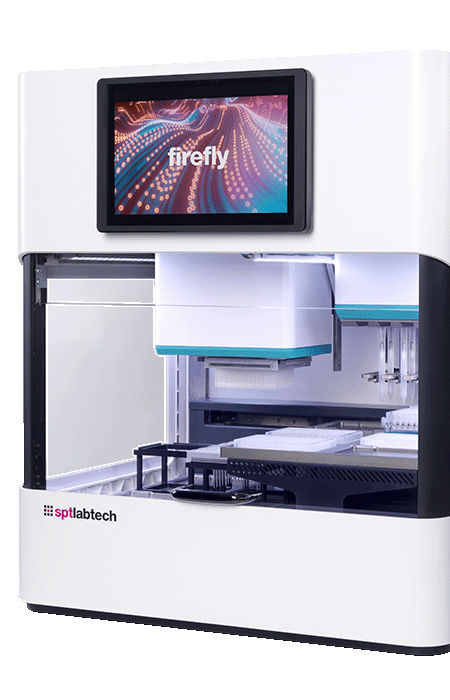
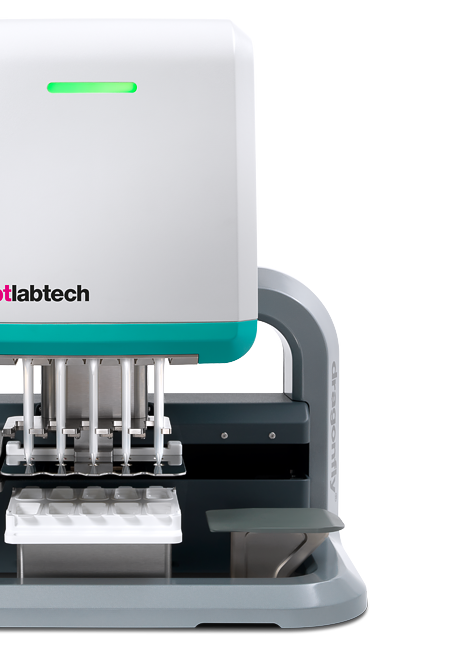
dragonfly® discovery
dragonfly discovery delivers fast and reliable non-contact dispensing for all liquid types thanks to its positive displacement technology. Highly accurate low volume dispensing and ultra-low dead volumes allow researchers to minimize reagent costs, save time and standardize protocols.
Explore dragonfly discoverymosquito® LV Genomics
mosquito's ability to handle nanoliter volumes with precision using true positive displacement technology drives down the high costs of single-cell workflows. Harnessing the power of miniaturization enables researchers to drastically improve productivity and reduce cost per sample.
Explore mosquito genomics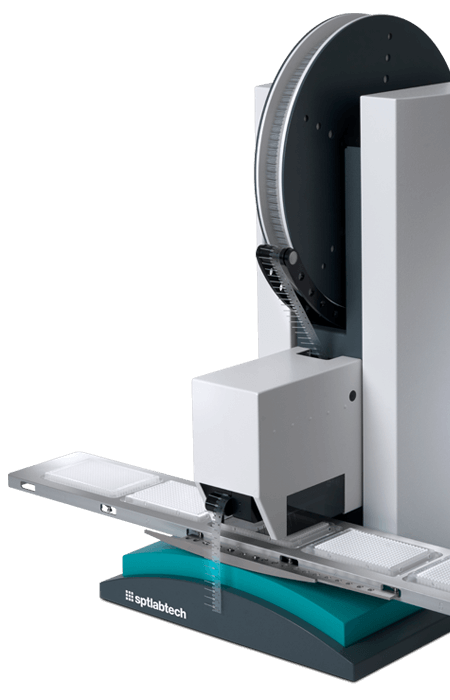

chameleon®
chameleon delivers optimized grid vitrification for cryo-EM by combining next-generation automation, blotless grid technology, and high speed plunging. Thinking beyond existing sample preparation workflows enables routine high resolution structural studies.
Explore chameleonKey Resources
On-demand webinar ➤➤➤
01.
Supercharge your Olink workflow with the right liquid handling tools
In this webinar, discover how to maximize volumetric precision in Olink proteomic technology workflows for improved accuracy and reliability with multi-omic pipelines for full suite service providers.
.png?width=400&height=200&name=Olink%20small%20(1).png)
On-demand webinar ➤➤➤
02.
Sensitive high-throughput plasma proteomics
Identifying early markers of transitions between human health and disease is a key objective of systems medicine. The strategy involves collecting diverse longitudinal data for each individual, before and after symptoms manifest.
.png?width=400&height=200&name=Olink%20small%20(1).png)
On-demand webinar ➤➤➤
03.
Making transfers of crystallisation screens more consistent, reliable and reproducible
In this webinar, you will get a practical walk-through of how to make consistent transfers from a deep well block to a crystal screening plate using an automated pipetting system and examine best practice setting up sitting-drop vapour diffusion crystallisation.
%20(1).jpg?width=100&height=100&name=SPT_Labtech_Cube_RGB(500x500px)%20(1).jpg)
Looking to explore some of the automation solutions we offer?
Then be sure to get in touch with one of our experts!
References
- Eldjarn GH, Ferkingstad E, Lund SH, et al. Large-scale plasma proteomics comparisons through genetics and disease associations Nature. 2023; 622 (7982): 348-358. https://doi.org/10.1038/s41586-023-06563-x
- Åkesson J, Hojjati S, Hellberg S, et al. Proteomics reveal biomarkers for diagnosis, disease activity and long-term disability outcomes in multiple sclerosis. Nat Commun. 2023; 14 (1): 6903. https://doi.org/10.1038/s41467-023-42682-9
- Haslam C, Hellicar J, Dunn A, et al. The Evolution of MALDI-TOF Mass Spectrometry toward Ultra-High-Throughput Screening: 1536-Well Format and Beyond. J Biomol Screen. 2016; 21 (2): 176-186. https://doi.org/10.1177/1087057115608605
- Müller L, Burton AK, Tayler CL, et al. A high-throughput MALDI-TOF MS biochemical screen for small molecule inhibitors of the antigen aminopeptidase ERAP1. SLAS Discov. 2023; 28 (1): 3-11. https://doi.org/10.1016/j.slasd.2022.11.002
- Liang WG, Wijaya J, Wei H, et al. Structural basis for the mechanisms of human presequence protease conformational switch and substrate recognition. Nat Commun. 2022; 13 (1): 1833. https://doi.org/10.1038/s41467-022-29322-4
- Hickey CM, Digianantonio KM, Zimmermann K, et al. Co-opting the E3 ligase KLHDC2 for targeted protein degradation by small molecules. Nat Struct Mol Biol. 2024; 31 (2): 311-322. https://doi.org/10.1038/s41594-023-01146-w


